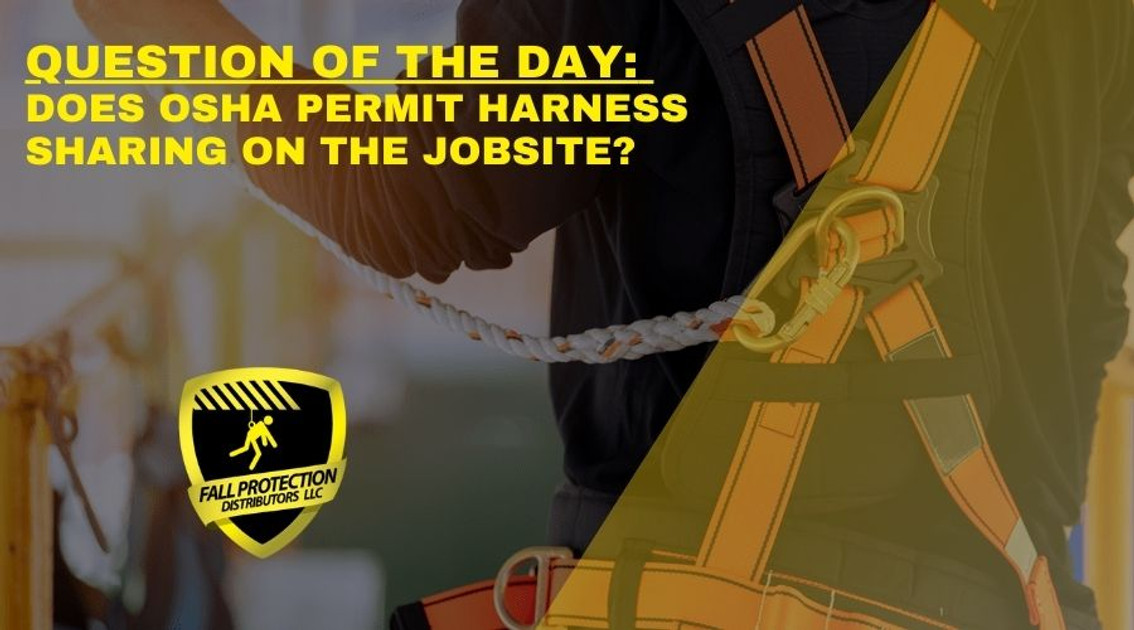OSHA Rules Update
Posted by Howie Scarboro - CEO Fall Protection Distributors, LLC on Jan 2nd 2024
When it comes to working at heights, the question of whether
it’s safe to share a full body harness becomes crucial. The short answer to
this common question is no, it is not recommended that workers share personal
fall arrest equipment. While sharing
equipment may seem like a reasonable solution, it's essential to consider the
risks and implications. Let’s explore the complexities surrounding this issue while
emphasizing the importance of safety, in fall protection. We will delve into
factors that should be considered when contemplating the practice of sharing
harnesses and why this should be carefully researched.
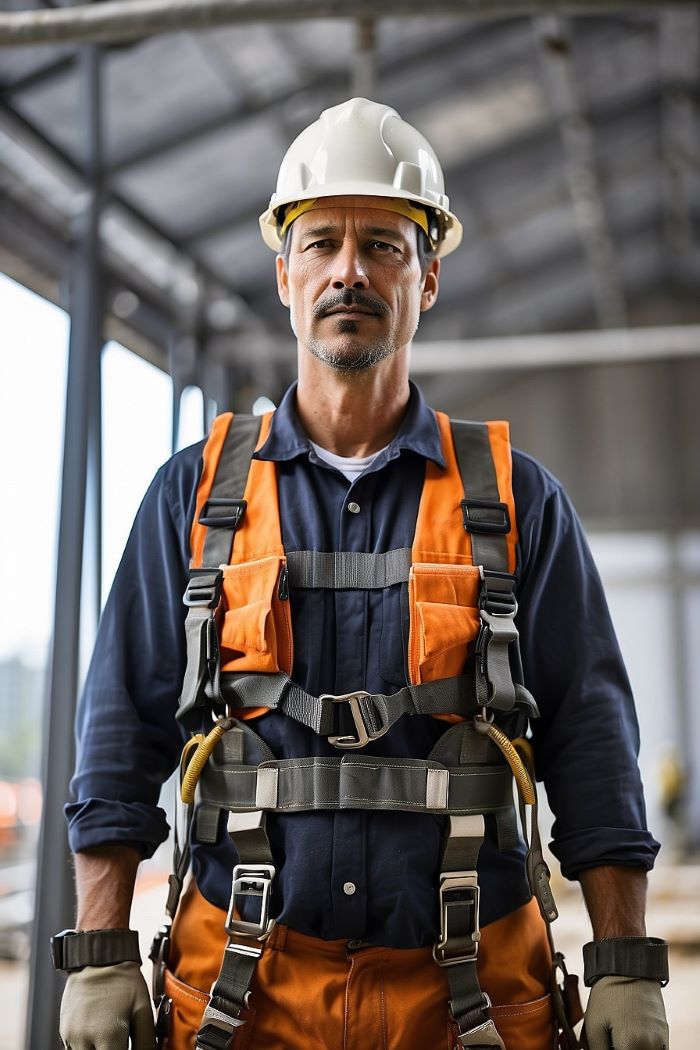
What are OSHA's guidelines on sharing a full body harness?
The Occupational Safety and Health Administration (OSHA) does not explicitly address the sharing of fall protection harnesses in their regulations. However, their emphasis on providing protective equipment (PPE) and ensuring its proper use speaks volumes. Fall protection harnesses are considered PPE in situations where there is a risk of falling.
OSHA generally recommends equipping EACH worker with a properly fitted fall protection harness. This insistence on ownership stems from acknowledging that the correct fit and adjustment of a harness are pivotal to its effectiveness.
While OSHA doesn't explicitly prohibit the sharing of harnesses it is important for employers and employees to prioritize safety and follow industry practices. Ensuring that each worker has their own fitted harness is strongly recommended to maximize safety and minimize the risk of falls or injuries. By adhering to these practices, employers can ensure compliance with OSHA standards while prioritizing the well-being of their employees. It is also crucial to stay updated with the guidelines and regulations from OSHA regarding fall protection equipment requirements.
Sharing a full body harness can pose significant risks, let’s review just a few of them;
Falls
Loose or adjusted harness straps increase the likelihood of a worker falling while the force is being arrested by the equipment. This can lead to injuries, or even fatalities, as the worker may not be adequately protected in certain circumstances.
Improper Distribution of Forces
A properly fitted harness is designed to distribute the impact load throughout the body, reducing the risk of injury. When a harness is not worn correctly, it can concentrate forces on body parts which may result in harm such as bruises, strains or even fractures in those areas. Improper fitting equipment can also lead to internal injuries during a fall arrest.
Circulation Issues or Suspension Trauma
If a harness is improperly fitted and anchored to the roof with appropriate shock absorbers, it can lead to suspension trauma. This could cause loss of consciousness, nerve damage, and death if the worker is not rescued promptly. It is important to include a rescue plan and worker training as part of an effective safety plan for a project that requires at-height work.
Equipment Failure
Incorrect usage or improper fitting increases the likelihood of equipment failure. Buckles, straps and D-rings may become unreliable during a fall. As a consequence, the harness may not function as intended and result in falls or injuries that could have been prevented.
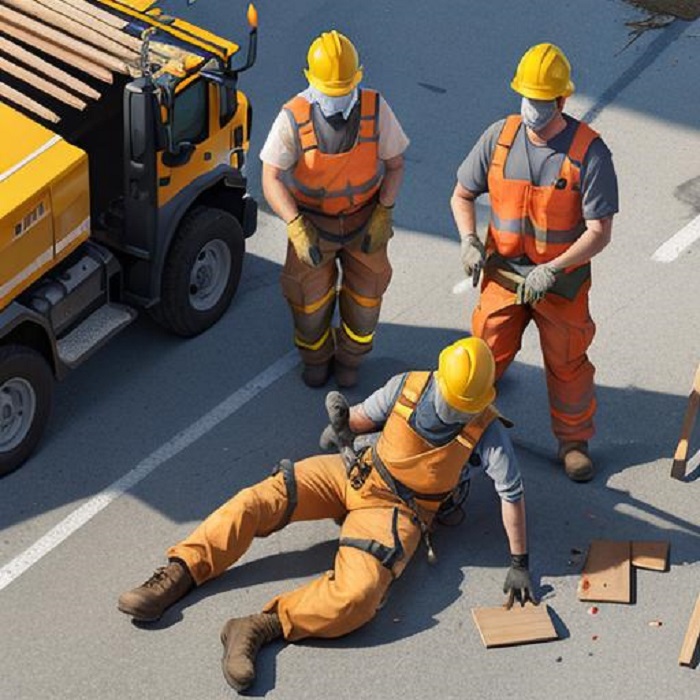
Reduced Mobility and Efficiency
Wearing a harness incorrectly restricts movement and can decrease productivity by impeding a worker’s ability to perform tasks safely. This can lead to work delays, frustration, and discomfort for the worker.
Uncertainty about Harness Condition
Sharing harnesses raises concerns about the inspection history and exposes workers to issues or damages that may have otherwise been averted. A worker’s personal equipment is better maintained as there is no expectation of anyone else caring for the equipment or inspecting it.
To avoid accidents and injuries, at work it is important for workers to use properly maintained and inspected harnesses. Here are some tips for choosing a quality full body harness.
Falltech's harness selection video below does a great job at explaining the best way to select the best equipment for your needs.
1. Safety Standards; Make sure the harness you select meets the safety standards required for your industry or application. Refer to guidelines from OSHA and ANSI to ensure compliance.
2.. Comfort; Prioritize a harness that fits well and offers comfort during use. Look for features like points of adjustment and stretchable webbing to enhance both safety and durability.
3. Quality and Durability; Invest in a harness from a reputable manufacturer. Consider the quality of materials used as the indicator of durability of the harness over time.
4. D-ring Options; Select the D-ring options and configurations based on your needs. Different applications may require types of D-rings for functionality.
5. Manufacturer Reputation; Choose a manufacturer known for producing safety equipment. Check reviews and testing that has been performed. Consult with industry experts if needed.
6. Price vs Safety; While price is a factor, it should never compromise safety. It is crucial to prioritize safety over cost when selecting a full body harness.
Proven and reliable harness options are available leaving no excuse for workers having to share unreliable equipment on the jobsite. A great mid level harness is the Malta Dynamics B2002 Warthog harness. It is very universal fit in the Lg/XL size. It features a tongue and buckle chest strap, breakaway lanyard keepers, reflective webbing, and tongue and buckle leg straps. We try to keep these in stock for quick ship as they are our best seller in the harness product line.
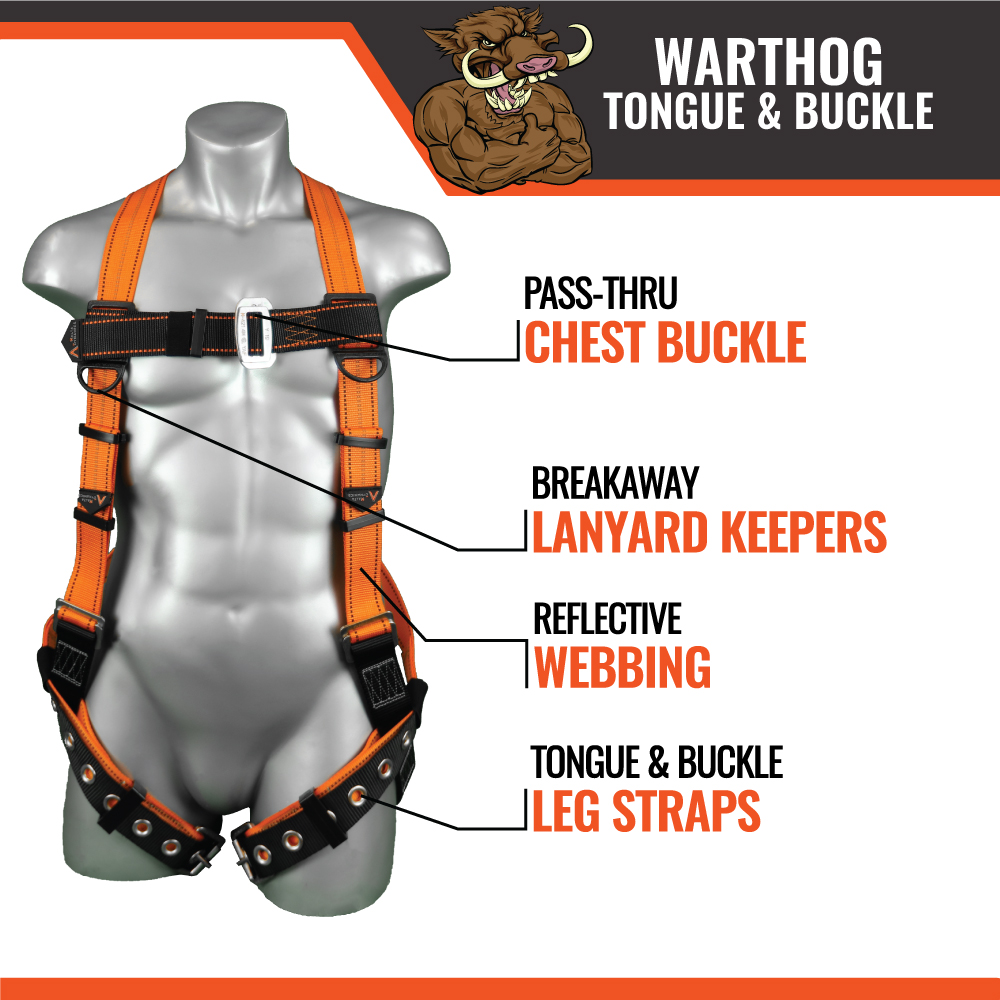
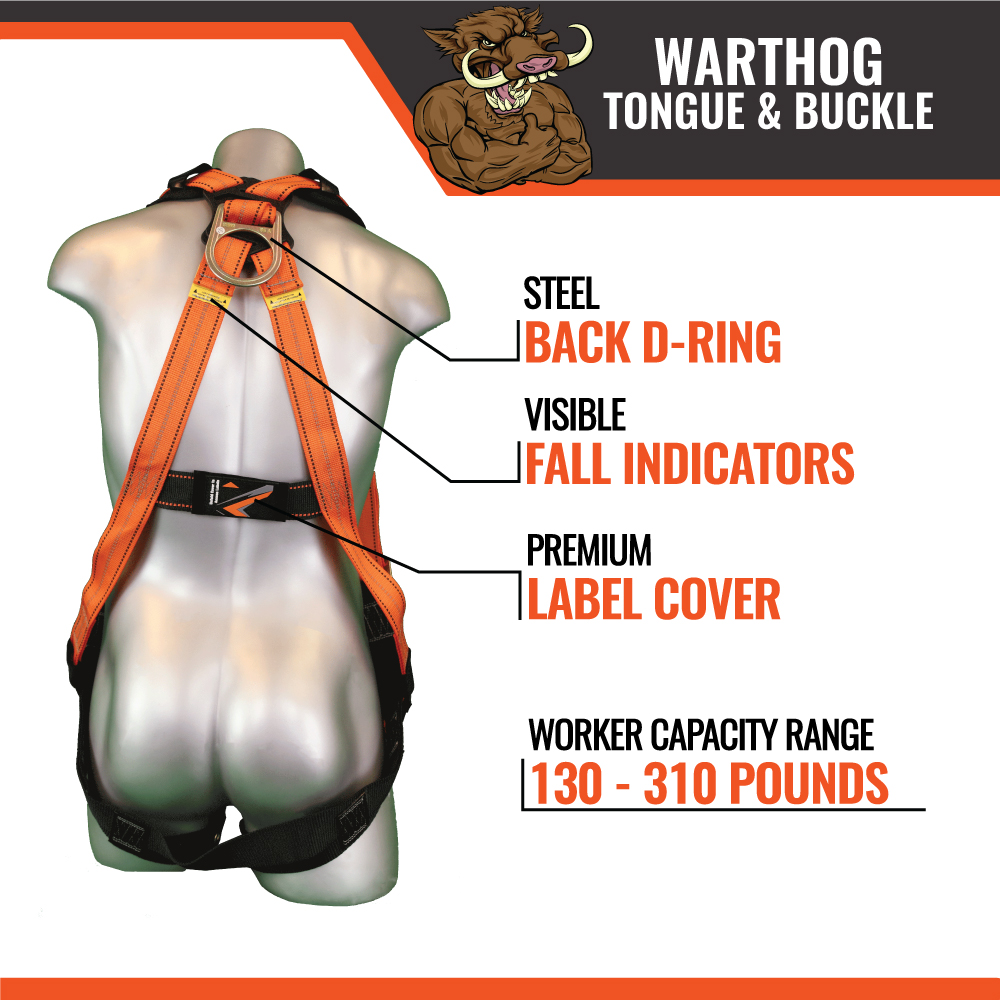
In conclusion, by considering these factors and following guidelines you can choose a full body harness that not only suits your needs but also provides the necessary level of safety and comfort. Considering these factors and consulting OSHA and ANSI guidelines you can ensure that the full body harness you purchase is not just suitable, for your needs but also provides the necessary level of safety and comfort.
When employers provide each worker with their harness it demonstrates a commitment to their employee’s safety and well-being. Leaders in the industry recognize the importance of fall protection equipment and the potential risks associated with sharing harnesses. This approach not only ensures compliance, but also fosters a culture of safety and responsibility in the workplace. Moreover, it gives workers peace of mind knowing that their employer prioritizes their safety, which can result in improved morale and productivity. Ultimately individualized fall protection is an essential measure to safeguard the health and well-being of those working at heights. Creating a culture of workplace safety starts with the company’s commitment to the workers.
Frequently Asked Questions;
1. Can OSHA impose penalties for sharing fall protection harnesses?
While OSHA doesn't explicitly penalize sharing, it strongly recommends personal ownership and accountability due to safety considerations.
2. How frequently should fall protection harnesses be inspected?
Regular inspections are crucial before each use as they help identify any issues or damages that may compromise the effectiveness of the harness. Refer to the product manufacturer for details on the proper inspection times.
3. Are there guidelines for adjusting fall protection harnesses?
Yes, it is essential to adhere to the instructions provided by the manufacturer and follow the regulations set by OSHA for ensuring fitting and adjustment.
4. Could wearing a poorly fitted harness have long term health implications?
Absolutely, if a harness is not properly fitted it can cause issues and hegatively impact the overall well-being of a worker.
5. What are the potential outcomes of disregarding fall protection guidelines?
Disregarding these guidelines can lead to accidents, injuries or even fatalities. This highlights the importance of adhering to safety protocols.

